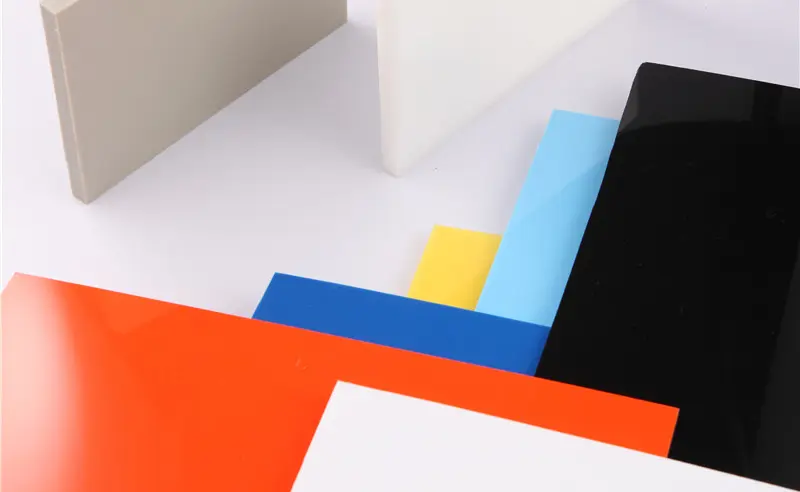ኅዳር . 16, 2024 07:11 Back to list
Exploring the Benefits and Uses of CPVC Board in Construction and Design
Understanding CPVC Board Features, Benefits, and Applications
CPVC (Chlorinated Polyvinyl Chloride) board is an innovative and highly versatile material that has gained significant popularity across various industries. Known for its excellent chemical resistance, durability, and lightweight characteristics, CPVC board is increasingly being adopted in construction, manufacturing, and other applications. This article explores the features, benefits, and common uses of CPVC board.
Features of CPVC Board
CPVC board is made by chlorinating PVC resin, which enhances the thermal and chemical resistance of the material. One of its standout features is its ability to withstand high temperatures, making it suitable for environments that involve exposure to heat. Typically, it can handle temperatures up to 200°F (93°C), which is considerably higher than traditional PVC.
Another important characteristic of CPVC board is its outstanding resistance to a wide array of chemicals, including acids, alkalis, and salts. This property makes it an ideal choice for use in chemical processing industries and in applications where exposure to aggressive substances is common.
CPVC boards also exhibit low thermal conductivity, which means they can act as effective insulators. This quality contributes to energy efficiency in building applications, where maintaining temperature control is essential. Furthermore, CPVC is non-toxic and does not emit harmful fumes, making it a safer alternative for indoor applications.
Benefits of Using CPVC Board
The benefits of using CPVC board extend beyond its physical properties. First and foremost, it is lightweight compared to other materials like wood or metal, which makes it easier to handle and install. This can lead to reduced labor costs and increased efficiency during construction or manufacturing processes.
cpvc board

Additionally, CPVC board is highly versatile. It can be easily cut, shaped, and joined, allowing for a range of design possibilities. This adaptability makes it popular in custom applications, where unique shapes or sizes are often required.
Another significant advantage is its longevity. CPVC boards are resistant to rot, corrosion, and degradation, which means they have an extended service life compared to traditional materials. This durability not only reduces replacement costs but also contributes to sustainability by minimizing waste.
Applications of CPVC Board
CPVC board is used in a variety of applications. In the construction industry, it can be found in electrical enclosures, wall panels, and roofing systems where its fire-retardant properties are a critical requirement. In plumbing, CPVC is widely utilized for piping systems due to its ability to resist high pressures and temperatures without leaks.
In the manufacturing sector, CPVC boards are commonly used in the production of containers, storage tanks, and equipment for chemical handling. Additionally, their use in furniture and fixtures is becoming more common, thanks to their aesthetic versatility and ease of maintenance.
As industries prioritize sustainability and eco-friendliness, CPVC boards also meet these demands by being recyclable and energy-efficient. Their minimal environmental impact, combined with exceptional performance characteristics, makes them a material of choice for modern applications.
In conclusion, CPVC board serves as a remarkable solution for various industrial and construction needs. With its unique properties, durability, and versatility, it is poised to become even more prevalent in future applications, making it a vital component in advancing modern technology and sustainability practices.
-
Durable PP Rigid Sheet: Lightweight, Chemical Resistant Solutions
NewsAug.21,2025
-
PVC Grey Sheet for Extraction: Chemical Resistant & Durable
NewsAug.19,2025
-
Durable PVC Pipe Fittings for Plumbing & Irrigation Needs
NewsAug.18,2025
-
HDPE Steel Belt Reinforced Spiral Corrugated Pipe | High Strength
NewsAug.17,2025
-
HDPE Pipe Fittings: Durable, Leak-Proof Solutions
NewsAug.16,2025
-
Premium CPVC Sheet: High-Temp & Chemical Resistant Solutions
NewsAug.15,2025

